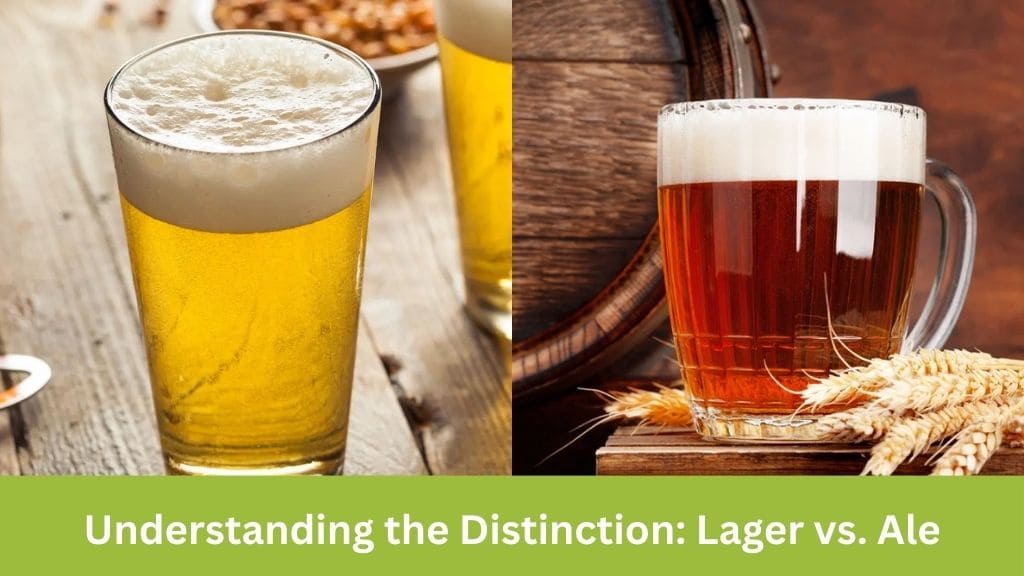In the vast and diverse world of beer, two prominent categories stand out: lagers and ales. While they may seem similar to the untrained eye, these two types of beer have distinct characteristics that set them apart. In this comprehensive guide, we will delve into the nuanced differences between lagers and ales, exploring their origins, brewing processes, flavor profiles, and popular styles.
Beer brewing is an ancient art that has evolved over thousands of years, captivating enthusiasts and connoisseurs alike. At the heart of this craft lies the yeast—the microorganism responsible for fermentation, flavor development, and alcohol production. Understanding the role of yeast is crucial in discerning the disparities between lagers and ales.
The Significance of Yeast
Yeast plays a pivotal role in the brewing process, converting sugars from malted grains into alcohol and carbon dioxide through fermentation. The type of yeast used, along with factors such as fermentation temperature and duration, influences the final characteristics of the beer.
Ale: A Top-Fermented Tradition
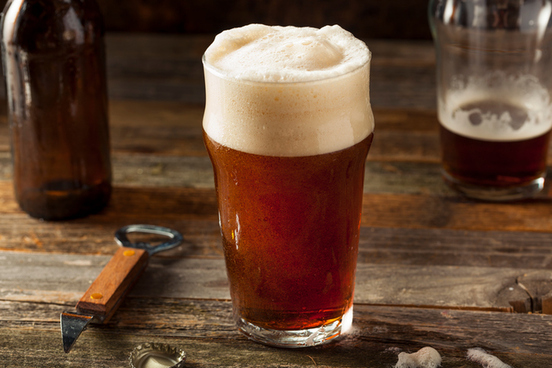
Ale Yeast: Saccharomyces cerevisiae
Ale yeast, scientifically known as Saccharomyces cerevisiae, is one of the oldest and most diverse yeast varieties used in brewing. It thrives at warmer temperatures, typically between 65°F and 95°F, and is known for its top-fermenting behavior.
Diversity of Ale Styles
The versatility of ale yeast allows brewers to craft a wide range of beer styles, including:
- Pale Ales: Known for their balanced malt and hop profiles, with variations such as American Pale Ale and English Bitter.
- India Pale Ales (IPAs): Celebrated for their bold hop aromas and flavors, ranging from citrusy to piney notes.
- Stouts and Porters: Characterized by their rich, roasted malt flavors, with variations like Dry Stout and Baltic Porter.
Lager: A Crisp and Cool Fermentation

Lager Yeast: Saccharomyces pastorianus
In contrast to ale yeast, lager yeast, or Saccharomyces pastorianus, is a relatively newer addition to the brewing world. It operates at colder temperatures, typically between the upper 40s and 55°F, and exhibits bottom-fermenting behavior.
Evolution of Lager Styles
While lager yeast has fewer strains compared to ale yeast, it has given rise to several iconic beer styles, including:
- Pilsner: Originating from the Czech Republic, Pilsner is renowned for its pale color, crisp finish, and floral hop aroma.
- Bock: A traditional German beer style known for its malty sweetness, full body, and subtle hop bitterness.
- Märzen: Historically brewed in March and lagered until Oktoberfest, Märzen boasts a rich, caramel malt profile with a clean finish.
Brewing Process Variations
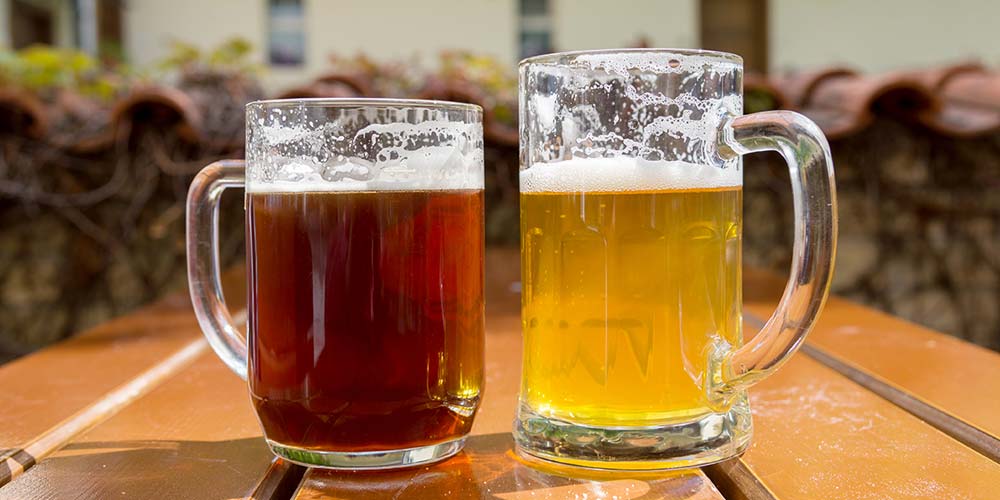
Fermentation Temperature
The primary distinction between lagers and ales lies in their fermentation temperature requirements. Ales ferment at warmer temperatures, allowing for the expression of complex esters and phenols, while lagers ferment at cooler temperatures, resulting in cleaner, crisper profiles.
Temperature Control Considerations
Brewers must carefully control fermentation temperatures to achieve desired outcomes. While ales offer more flexibility in this regard, lager brewing demands precise temperature control to avoid off-flavors and ensure proper fermentation.
Maturation and Conditioning
After fermentation, both ales and lagers undergo maturation and conditioning processes to refine their flavors and textures. However, lagers typically require longer maturation periods at colder temperatures, known as lagering, to achieve optimal clarity and smoothness.
Flavor Profiles and Characteristics
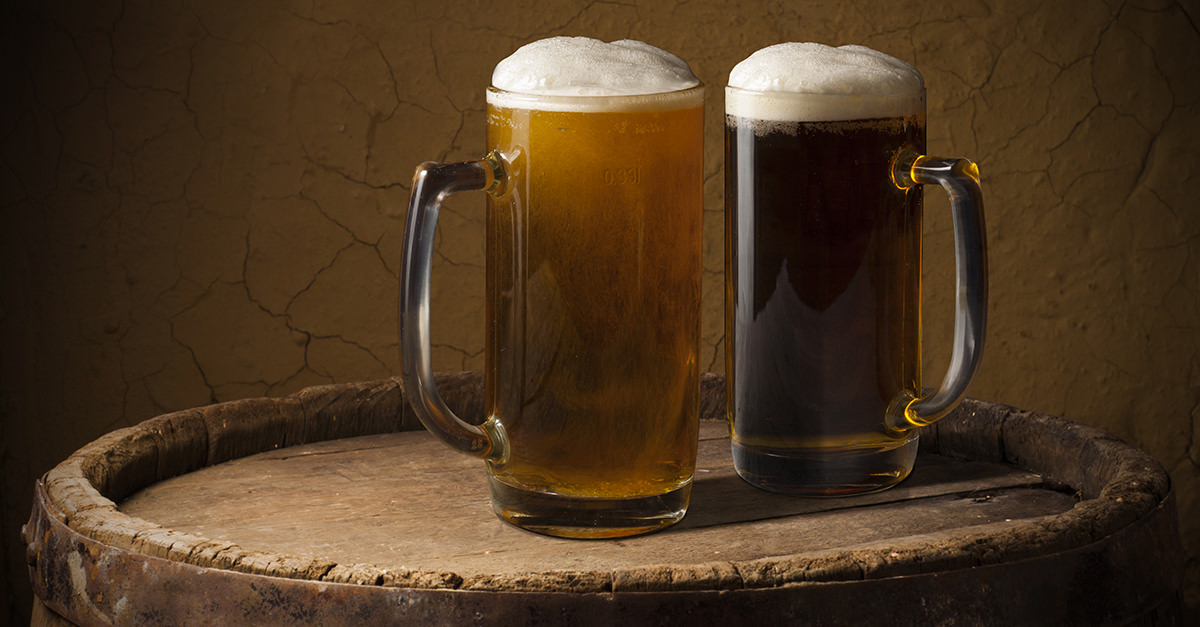
Ale Characteristics
Ales are prized for their diverse flavor profiles, which can range from malty and caramel-like to hoppy and fruity. The expressive nature of ale yeast contributes to the complexity and depth of flavor found in many ale styles.
Lager Characteristics
Lagers are esteemed for their clean, crisp taste and subtle malt sweetness. Lager yeast imparts fewer fruity esters and phenolic compounds compared to ale yeast, resulting in a smoother and more refreshing drinking experience.
Popular Lager and Ale Styles
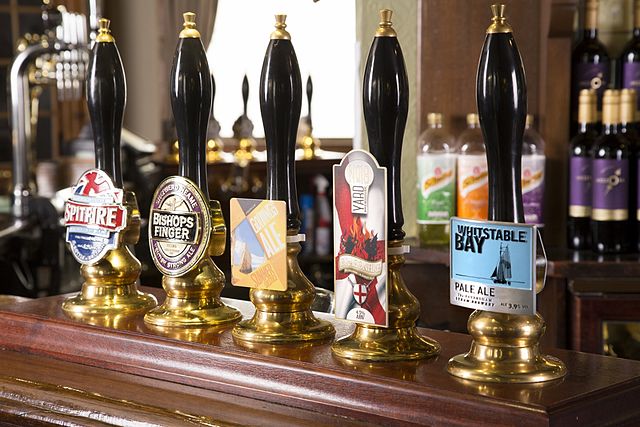
Lager Styles
- American Light Lager: The quintessential mass-produced beer known for its light body, low bitterness, and high drinkability.
- Helles: A traditional German lager characterized by its pale color, balanced maltiness, and mild hop presence.
- Vienna Lager: Originating from Austria, Vienna Lager offers a toasty malt profile with a clean, dry finish.
Ale Styles
- American Pale Ale (APA): A staple of the craft beer movement, APA showcases a harmonious blend of malt sweetness and hop bitterness, with citrusy and floral aromas.
- Belgian Tripel: A strong ale with a golden hue, Belgian Tripel boasts complex fruity and spicy notes, derived from Belgian yeast strains and unique malt additions.
- Irish Dry Stout: Made famous by Guinness, Irish Dry Stout features roasted barley flavors, a creamy mouthfeel, and a dry, bitter finish.
Conclusion
In conclusion, the distinction between lagers and ales extends far beyond mere fermentation preferences—it encompasses a rich tapestry of history, culture, and craftsmanship. Whether you prefer the bold flavors of an IPA or the crisp refreshment of a Pilsner, there is a beer style to suit every palate and occasion. So, the next time you raise a glass, take a moment to appreciate the artistry and diversity that define the world of beer.
I’m Chen Mina, from Vol de Nuit, who has a special passion for bartending, especially mixing wine, beer, and cooktail. Here you will find content about alcoholic beverages, I will bring you knowledge that few people know about this drink.

